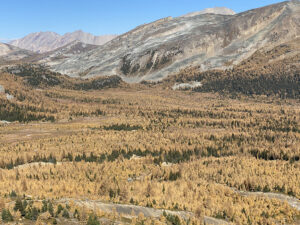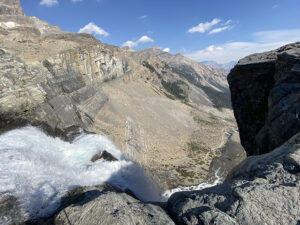Claudio Ghezzi was nothing short of a living legend on Monte Grigna. After ascending the northern Italian mountain an estimated 5,600 times, he died near its summit on Monday.
Italy24 News reported that Ghezzi, 69, summited the 2,410m Grigna on Sunday, just as he’d done several times a week for the last four decades. When he checked into the Brioschi Refuge just below the summit, he got word that a woman and her children had required a rescue on the Sasso dei Carbonari via ferrata a few hundred metres downhill.
So the mountain runner turned around, determined to help the stranded climbers.
What happened next is only partially clear, but at some point, Ghezzi fell in a particularly bad place. The runner tumbled “tens of metres” and needed emergency care.
A local helicopter rescue service promptly responded, but “doctors could not help but take note” of Ghezzi’s death, which occurred on site.
Concurrently, rescue personnel evacuated the Sasso dei Carbonari, including the family that Ghezzi had sought to assist.
‘The King of the Grigna’
Locals called Ghezzi “The King of the Grigna” for his ubiquitous presence and record-holding status there. The Italian Alpine Club recognizes his propensity to summit the peak with an official record.

Monte Grignetta (left) and Monte Grigna, Lombardy, Italy. Photo: Michele F. via Wiki Commons
A former warehouse worker, Ghezzi also traveled the world seeking out alpine adventures. After kicking off his international running career in 1991, he eventually received passport stamps in Bolivia, Nepal, Pakistan, China, Tibet, Peru, and Chile.
Still, Monte Grigna was home. He started running the peak in 1975 and held an affinity for it until his death.
“I go up the mountain because it is close to my home and because from the top there is a fabulous panorama,” he said in one interview. “The Grigna, it’s my second home.”
Friends and cohort reflect
Refugio Brioschi had been planning a 70th birthday party for Ghezzi, which would have taken place on July 4.
“I think we’ll only really believe he’s gone when we don’t see him arrive tomorrow with his rucksack on his back and a smile on his face,” said Alex Torricini, manager of the Refugio. “When he didn’t return, and we saw the helicopter, we knew something terrible had happened.”
Alberto Locatelli, a photographer who often catalogued Ghezzi’s exploits, added that the way he died, though tragic, was consistent with his character.
“It doesn’t surprise me that he fell while going to help someone. He was like that — generous and altruistic.”






